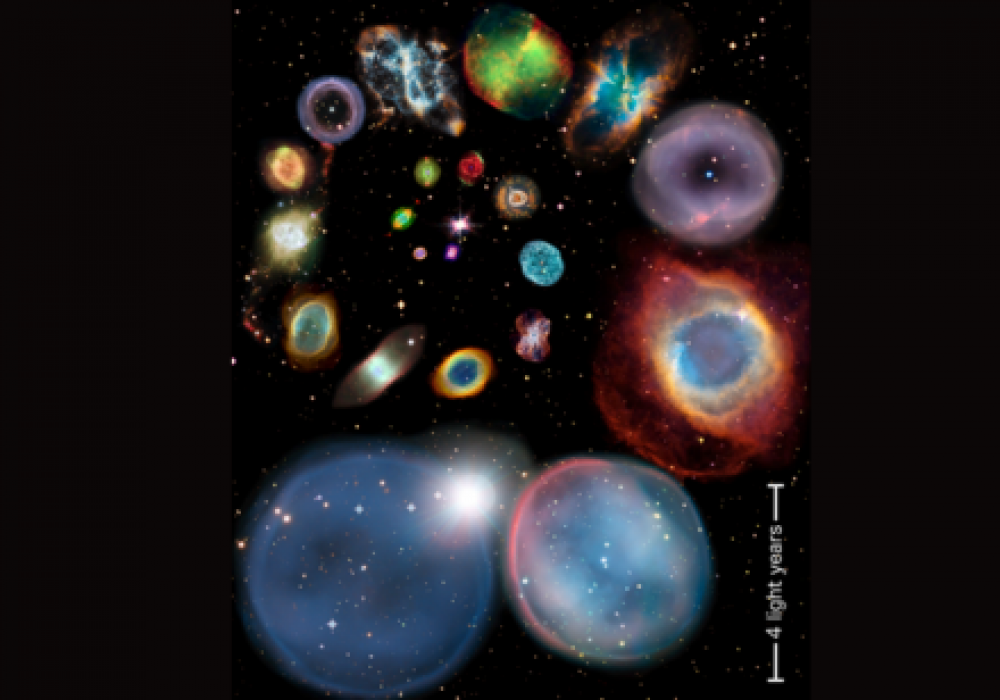HKU and Manchester University Astronomers come closer to finding answers about mysterious alignment of ghost stars.
Scientists who discovered evidence of an unusual and mysterious alignment of planetary nebulae in the central bulge of our galaxy ten years ago, have now obtained a much stronger result and have also now discovered what might cause it.
Astronomers from The University of Hong Kong and the University of Manchester have studied a specific group of stars found near the centre of our galaxy, in particular those hosting planetary nebulae.
When stars, such as the sun, are at the end of their life, they expel material into space, which creates a striking structure, usually in the shape of an hourglass, or butterfly. These ‘ghosts’ are called planetary nebulae.
Despite the planetary nebulae being unrelated, having different characteristics and properties, formed at different times, and located in different places, the study found a high degree of certainty that many of their shapes align in the sky in a similar manner. They are aligned almost parallel to the Galactic plane (our Milky Way) – but the reason was unknown and the signal diluted. Until now.
Led by HKU’s MPhil student Shuyu TAN, the astronomers used additional data collected over the last decade to confirm that the alignment is exclusively present in planetary nebulae with close binary stellar companions – a star orbiting the main star at the center of the PNe in an orbit closer than Mercury’s orbit around our Sun.
The whole article could be viewed on the Faculty of Science website since 13 Jul:


